Exploring American Primeval: The Portrayal of Latter-day Saints in Netflix’s New Series

Introduction to American Primeval
Netflix’s new series, American Primeval, ventures into the depths of early American history, presenting a narrative steeped in themes of survival, conflict, and cultural intersection. Set during the tumultuous period of the 19th century, the show encapsulates the Westward expansion of the United States, a time marked by the struggle for land, resources, and identity. This era is characterized by significant interactions among settlers, indigenous peoples, and various religious groups, including the Latter-day Saints (Mormons), who play a crucial role in the unfolding drama.
The series not only emphasizes the physical challenges faced by those who traversed the rugged frontier but also delves into the complex social and moral dilemmas they encountered. Central to its narrative is the exploration of how disparate communities overcame differences and sought to carve out a place for themselves within the burgeoning nation. The portrayal of the Latter-day Saints, in particular, is pivotal, as it reflects the broader themes of faith, community, and resilience amidst adversity.
What distinguishes American Primeval from typical historical dramas is its nuanced storytelling approach, which seeks to humanize its characters, transcending simplistic portrayals of good and evil. As viewers, we are invited to witness not just the external conflicts of the time, but the internal struggles of individuals grappling with their beliefs and aspirations. By blending historical facts with layered character development, the series positions itself as both an entertaining and an educational depiction of a critical phase in American history.
Thus, American Primeval not only aims to entertain but also enrich audiences’ understanding of the complex tapestry of American life during a pivotal moment, setting the stage for a thoughtful examination of its portrayal of the Latter-day Saints in subsequent discussions.
Understanding the Latter-day Saints
The Latter-day Saints, often referred to as Mormons, represent a distinct religious group founded in the early 19th century. Their origins trace back to Joseph Smith, who claimed to have received divine revelations that led to the establishment of the Church of Christ in 1830. This church, later known as The Church of Jesus Christ of Latter-day Saints, emphasizes a restorationist theology, believing that it restores the original church established by Jesus Christ. Central to their beliefs is the Book of Mormon, which they consider a sacred text alongside the Bible.
The doctrinal framework of the Latter-day Saints includes unique teachings such as continued revelation, the importance of baptism, and an emphasis on family and community. Latter-day Saints also hold a strong focus on self-reliance and service, striving to create a supportive environment for their members. Their practices include regular church attendance, personal prayer, and adherence to the Word of Wisdom, a health guideline that advises against alcohol and tobacco use, thus promoting a lifestyle of physical well-being.
Throughout the 19th century, the Latter-day Saints faced significant challenges, including persecution and violence, which contributed to their mass migration to Utah. This period was marked by the quest for religious freedom and the establishment of a unique cultural identity in the western United States. Today, the Latter-day Saints are recognized not just for their religious beliefs but also for their contributions to American society through businesses, education, and community service. Their ongoing presence and influence reflect a complex narrative that intertwines faith, culture, and history within the broader context of American life.
Character Analysis: Latter-day Saints Representation
In Netflix’s new series, “American Primeval,” the portrayal of Latter-day Saints is nuanced, encapsulating both the traditional ideals and the human experiences that define individuals within this faith. Characters such as Jacob, a young man grappling with his faith, epitomize the internal conflict many may encounter when their beliefs are challenged by external societal pressures. Jacob’s journey not only highlights the challenges faced by Latter-day Saints in maintaining their faith but also invites viewers to empathize with his struggles. This representation stands against common stereotypes that often depict Mormons as rigid or overly simplistic.
Another character, Sarah, provides a compelling contrast to Jacob. As a pragmatic yet deeply faithful woman, Sarah embodies the balance of strong personal conviction with adaptability. Her interactions with other characters reveal the diversity within Latter-day Saints’ community, effectively dismantling monolithic narratives that could portray them as uniformly conservative or traditional. Through her lens, the series dives into discussions of modernity and faith, illustrating how Latter-day Saints navigate their beliefs in contemporary society.
The complexity of these characters is further drawn out by their relationships with one another, as well as with non-Mormon characters. This juxtaposition serves to challenge stereotypes, presenting the Latter-day Saints not merely as an insular group but as individuals engaging with broader social issues. The narrative arcs of Jacob and Sarah, along with other supporting characters, contribute to a broader understanding of the faith, showcasing both their struggles and triumphs. This approach allows for a profound examination of their identities, emphasizing the multifaceted nature of Latter-day Saints in American culture, encouraging viewers to reconsider preconceived notions while engaging with their stories.
Historical Accuracy and Interpretation
The portrayal of the Latter-day Saints (LDS) in Netflix’s series, American Primeval, raises pertinent questions regarding its historical accuracy and interpretation. While the series aims to capture the essence of the pioneers’ journey, it must navigate the delicate balance between artistic liberty and the documented realities of the period. Understanding this balance is crucial in evaluating the representation of characters and events that define the Latter-day Saints’ experience during the 19th century.
Historically, the emergence of the LDS community was marked by significant achievements, including the establishment of a thriving communal society and the successful migration to the western United States. The depiction of these milestones can illuminate their resilience and determination amidst adversity. However, one must consider how dramatization may overshadow the subtleties of the challenges faced by these pioneers. The series may choose to amplify certain events for dramatic effect, thus altering the complexities inherent in the historical narrative.
Moreover, there are instances within the show where artistic interpretation diverges from factual accounts. The lives of early Latter-day Saints were interwoven with not only triumphs but also profound struggles, including conflicts with government authorities and societal rejection. These aspects are critical to understanding the LDS community’s evolution but may be simplified or sensationalized in a visual format. The success of American Primeval will rely heavily on its ability to represent these elements authentically while maintaining viewer engagement.
Ultimately, the evaluation of historical accuracy in this series serves to foster greater awareness of the Latter-day Saints’ pivotal role in American history. By juxtaposing artistic interpretation with actual historical events, audiences can gain a deeper understanding of the complexities surrounding the LDS community, enriching the discourse on their contributions and challenges in a rapidly changing America.
Cultural Impact and Reception
“American Primeval,” the latest series on Netflix, has sparked considerable discussion surrounding its portrayal of Latter-day Saints, reflecting both historical and contemporary themes within the beliefs and practices of this religious community. The impact of the show can be seen in varied audience receptions, critics’ insights, and the active discourse unfolding on social media platforms.
Viewers have exhibited a range of perceptions about the series, highlighting both positive and negative responses to its representation of Latter-day Saints. Many audience members appreciate the show’s efforts to humanize its characters, moving beyond stereotypes often associated with this faith. This nuanced depiction not only adds depth to the narrative but also fosters a more comprehensive understanding of Latter-day Saint history and cultural identity. Critics have commended the series for its ambitious storytelling, suggesting it opens opportunities for dialogue about the complexities of the faith and its historical narratives.
Conversely, some viewer feedback reveals concerns about potential inaccuracies or oversimplifications of Latter-day Saint beliefs. Certain audiences argue that while the show aims to be informative, it may inadvertently perpetuate misconceptions that could lead to misinterpretation of the faith’s values and lifestyle. This has prompted discussions on platforms like Twitter and Reddit, where viewers engage in heated debates regarding the fidelity of the show’s narrative to actual historical events and the lived experiences of Latter-day Saints.
Moreover, the series has become a focal point for broader discussions about how religious communities are represented in popular media. Hashtags related to the show have trended online, enabling viewers to share their opinions on its cultural significance, ultimately demonstrating how “American Primeval” has resonated with audiences and sparked meaningful discussions. A closer analysis of audience reviews and social media conversations reveals the show’s potential effects on both public perception and the cultural landscape surrounding Latter-day Saints.
Themes of Faith and Community
In the new series ‘American Primeval,’ the portrayal of the Latter-day Saints (LDS) is intricately woven with themes of faith, community, and resilience. These elements are not merely background details but serve as foundational aspects of the narrative, reflecting the lived experiences of individuals within the LDS community. The series opens a window into the profound spiritual beliefs that shape the characters’ lives, showcasing how their faith serves as a guiding force in the face of adversity.
Central to the narrative is the strong sense of community that binds the characters together. The Latter-day Saints are depicted as a close-knit group that draws strength from their shared beliefs and collective experiences. Friendships, family ties, and community support are highlighted as critical components of their lives, emphasizing the importance of unity in overcoming challenges. This portrayal invites viewers to reflect on the significance of belonging and the role it plays in fostering resilience among individuals facing hardship.
The series also explores the resilience of the Latter-day Saints through various trials, painting a portrait of a people who adapt and maintain their integrity in the face of external pressures. Their unwavering faith becomes a source of strength, enabling them to navigate the complexities of life. By depicting these struggles and triumphs, ‘American Primeval’ underscores the message that faith is not just a personal journey, but a shared experience that enhances community bonds. The characters embody the essence of resilience—rooted in their belief systems and community ties—demonstrating how spirituality can serve as a powerful resource for collective identity and collective healing.
Overall, ‘American Primeval’ effectively conveys the intertwining themes of faith and community within the LDS experience, providing audiences with a nuanced understanding of how these elements shape individual lives and the broader community fabric.
Contrasts with Other Faiths in the Series
In Netflix’s series “American Primeval,” Latter-day Saints are depicted with a complex narrative approach, distinct from the portrayals of other religious groups featured in the show. The representation of Latter-day Saints is characterized by their foundational beliefs, community cohesiveness, and the remarkable resilience shown in the face of adversity. This portrayal invites an exploration of both similarities and differences when compared to other faith traditions depicted in the series.
One notable contrast is the emphasis placed on the historical context surrounding the Latter-day Saints’ journey, which provides viewers with insight into their struggles during the westward expansion. This contrasts with other religious groups, such as Catholics and Native American spiritual practices, whose narratives often highlight contemporary issues rather than historical experiences. While the series strives to provide a balanced representation, the depth of the Latter-day Saints’ backstory is notable, ultimately shaping the characters’ motivations and actions throughout the storyline.
Another difference lies in the depiction of communal aspects and rituals. The Latter-day Saints are portrayed engaging in distinct practices, such as family gatherings and a strong focus on community support, which emphasizes their close-knit culture. Conversely, other faiths like Judaism in the series may emphasize individual spirituality or a more fragmented community experience. These contrasting portrayals contribute to a richer understanding of the diverse tapestry of beliefs and practices in American life.
Furthermore, the series navigates the conflicts faced by these religious groups, reflecting the societal challenges they encounter. Latter-day Saints are depicted grappling with both external prejudices and internal divisions, while other faiths face their own unique struggles, often dictated by contemporary debates around identity and acceptance. Overall, these contrasts underscore the multi-faceted nature of faith within “American Primeval,” contributing to the thematic depth of the series.
Critical Perspectives: Supporters vs Detractors
The portrayal of Latter-day Saints in Netflix’s series “American Primeval” has sparked considerable debate among audiences, yielding a spectrum of critical perspectives. Supporters of the series commend its nuanced representation, arguing that it portrays the complexity of Latter-day Saint life in a way that resonates with both church members and broader audiences. They argue that the show goes beyond surface-level stereotypes, presenting characters that embody the rich cultural and spiritual dimensions of the community. By showcasing diverse narratives within the Latter-day Saints tradition, supporters believe the series fosters understanding and empathy among viewers unfamiliar with its beliefs and practices. The detailed storytelling and character development are lauded as avenues for enlightening audiences about the faith’s values, struggles, and historical context.
Conversely, detractors express discontent with the series’ representation of Latter-day Saints, claiming it falls short in accurately reflecting their beliefs and practices. Critics argue that certain portrayals reinforce existing stereotypes, leading to misinterpretations of the faith and its followers. They assert that some elements of dramatization overshadow the principles and tenets that underpin Latter-day Saint teachings. Detractors point out that while entertainment is a primary objective, the responsibility of depicting a religious community with sensitivity should not be underestimated. This viewpoint emphasizes the importance of representation and challenges creators to engage with authentic experiences rather than relying solely on fictional narratives.
This discourse surrounding “American Primeval” illustrates the broader implications of media representation and its potential to shape public perception. As both supporters and detractors share their viewpoints, it is essential to navigate these discussions with an understanding of the diversity within the Latter-day Saint community itself, recognizing the ongoing dialogue about faith, identity, and representation in contemporary media.
Conclusion and Future Implications
In examining the portrayal of Latter-day Saints in Netflix’s “American Primeval,” it becomes evident that this series encapsulates a complex representation of the faith community. As viewed through the lenses of narrative and character development, the series appears to navigate the intricacies of Mormon identity, signaling a shift in how faith communities, particularly Latter-day Saints, are depicted in contemporary media. The portrayal offers a multifaceted perspective that moves beyond stereotypes, inviting audiences to engage with the varied experiences of its characters.
The implications of such representations in “American Primeval” are significant, as they contribute to a broader understanding of faith in modern storytelling. By placing Latter-day Saints in diverse contexts, the series not only highlights their cultural nuances but also fosters a more inclusive dialogue surrounding religious identities. This nuanced depiction is essential for encouraging empathetic engagement from viewers who may not share the same beliefs. Thus, the narratives presented pave the way for richer storytelling that acknowledges and respects the complexities of faith and individuality.
Looking forward, the influence of “American Primeval” on future portrayals of Mormons in film and television is worth considering. As audiences increasingly consume content that reflects authentic stories, creators may feel inspired to delve deeper into the lives and experiences of Latter-day Saints beyond mere caricatures. This trend could encourage more varied representations in which Mormons play intricate roles that reflect the broader human experience. Such evolutions are not only relevant for the faith community but also crucial for audiences seeking diverse narratives that resonate with contemporary society.
Ultimately, the insights gained from this analysis of “American Primeval” hold promise for potential advancements in how religious communities, particularly Latter-day Saints, are portrayed in future media endeavors, emphasizing the possibility of authenticity and depth over oversimplification.







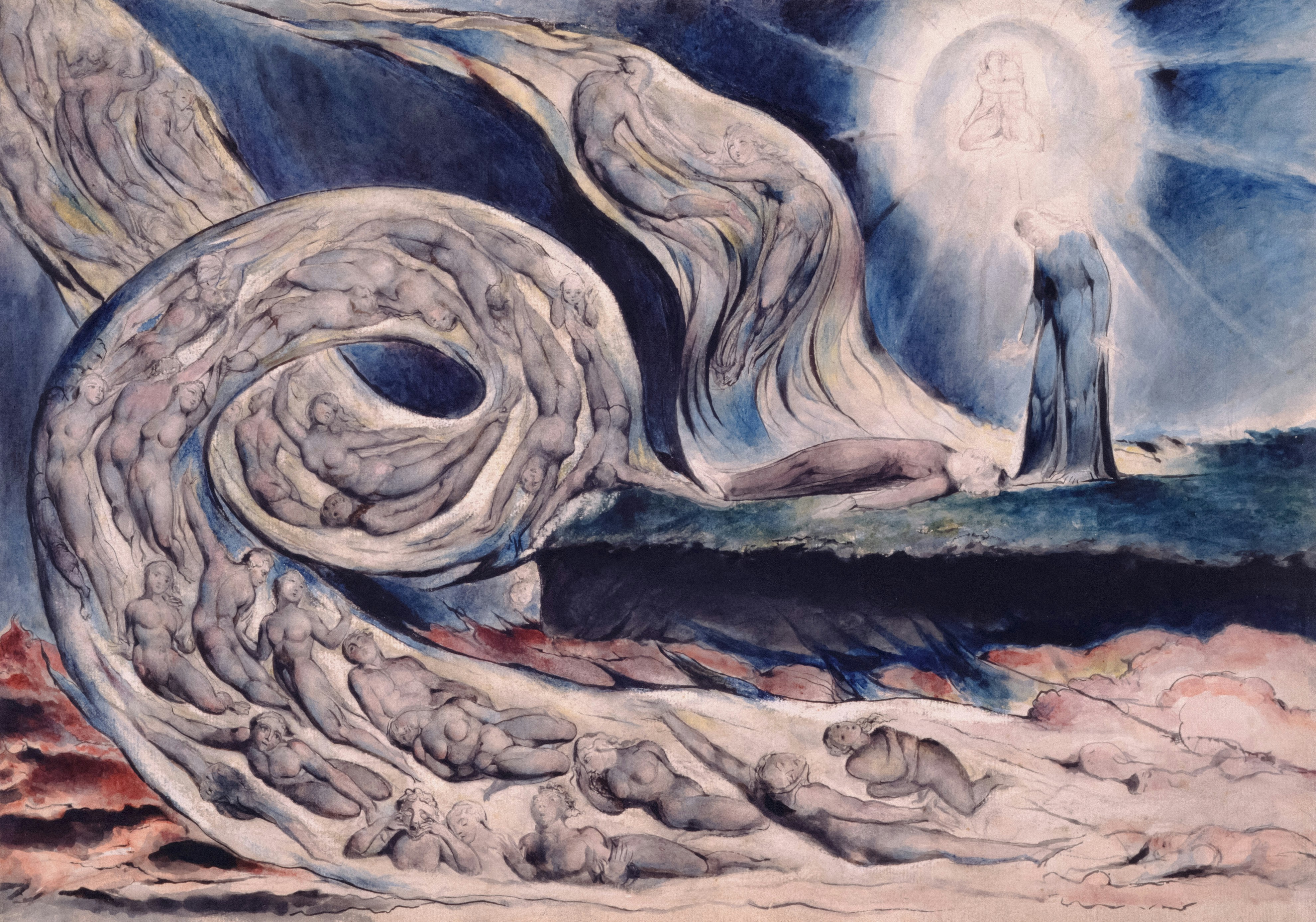


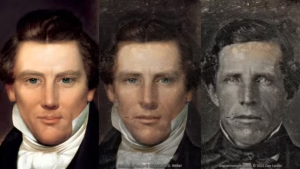
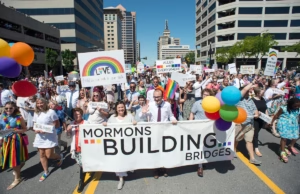

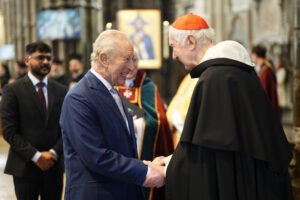


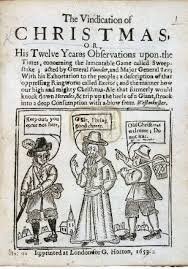
Leave a Reply
You must be logged in to post a comment.